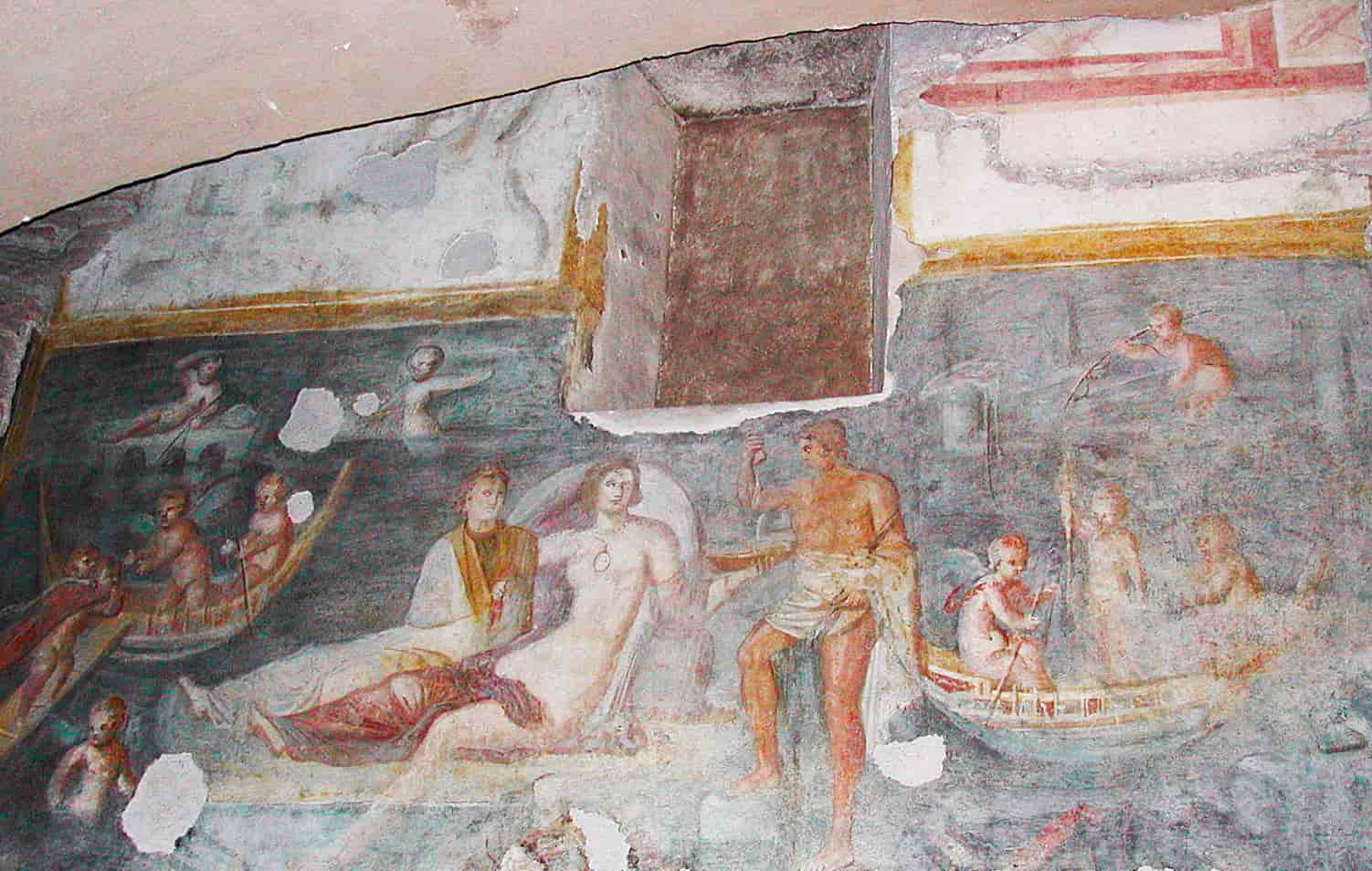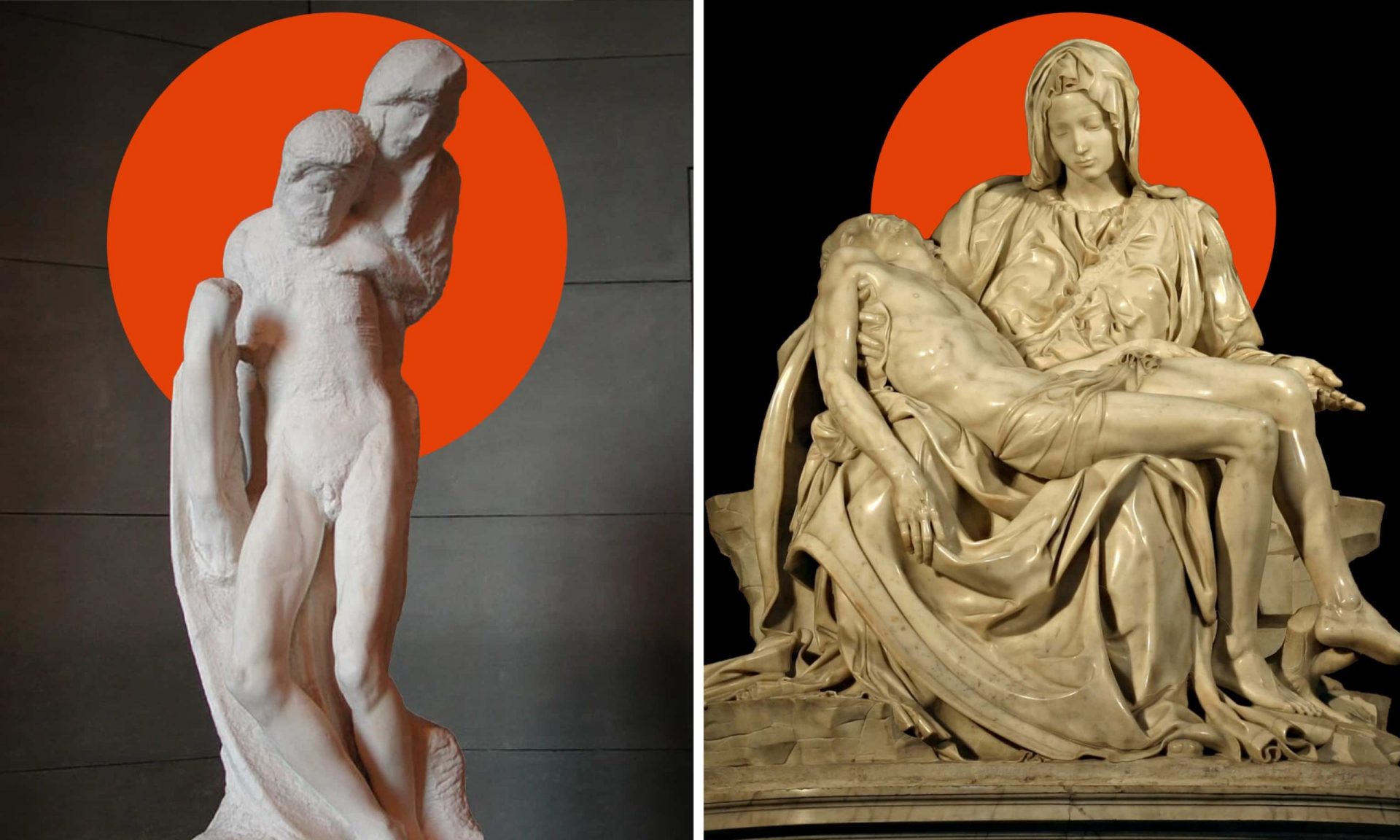Unveiling the Mystery of the Veiled Christ: A Look into the Sansevero Chapel and its Creator
Discover the story of the Veiled Christ, a sculpture by Giuseppe Sanmartino housed in the Sansevero Chapel in Naples.
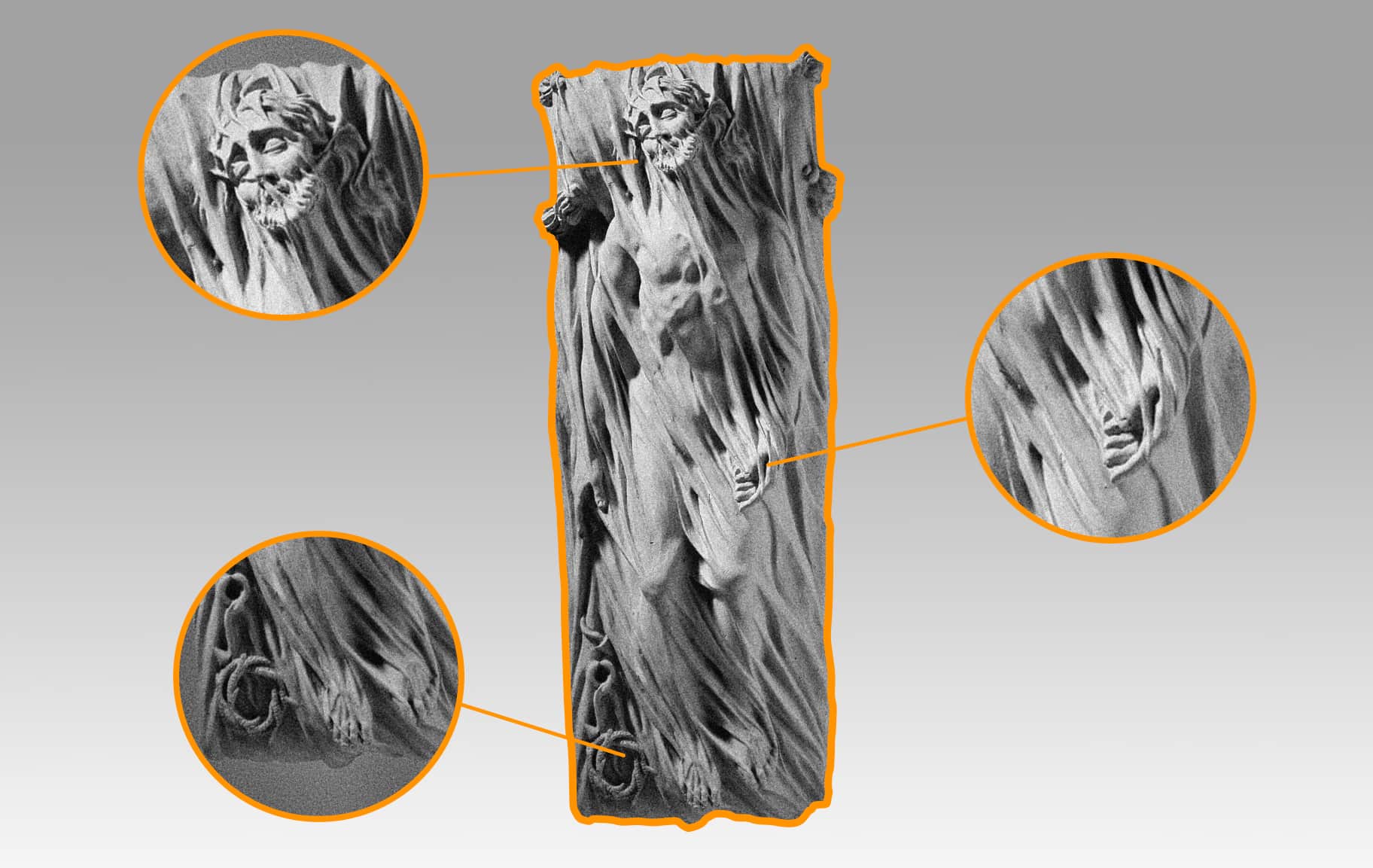
- We empower you to shape the world! Subscribe to The Gordian for free.
Among the works that I believe to be wrapped in mysterious perfection, as though made by divine hands, there is the sculpture of the Veiled Christ by Giuseppe Sanmartino in the Sansevero chapel in Naples.
As was the case with Michelangelo, it will be difficult to excel in interpretative originality because this sculpture has reached such levels of stylistic perfection that it has struck and interested many art historians.
The Sansevero Chapel
The Sansevero Chapel in Naples houses more than a collection of art; it tells a story, that of its multifaceted creator Raimondo di Sangro, Prince of Sansevero (1710-1771), a man of a deep and extensive culture, who spoke at least eight languages and whose knowledge ranged from natural sciences to philosophy and from architecture to alchemy.
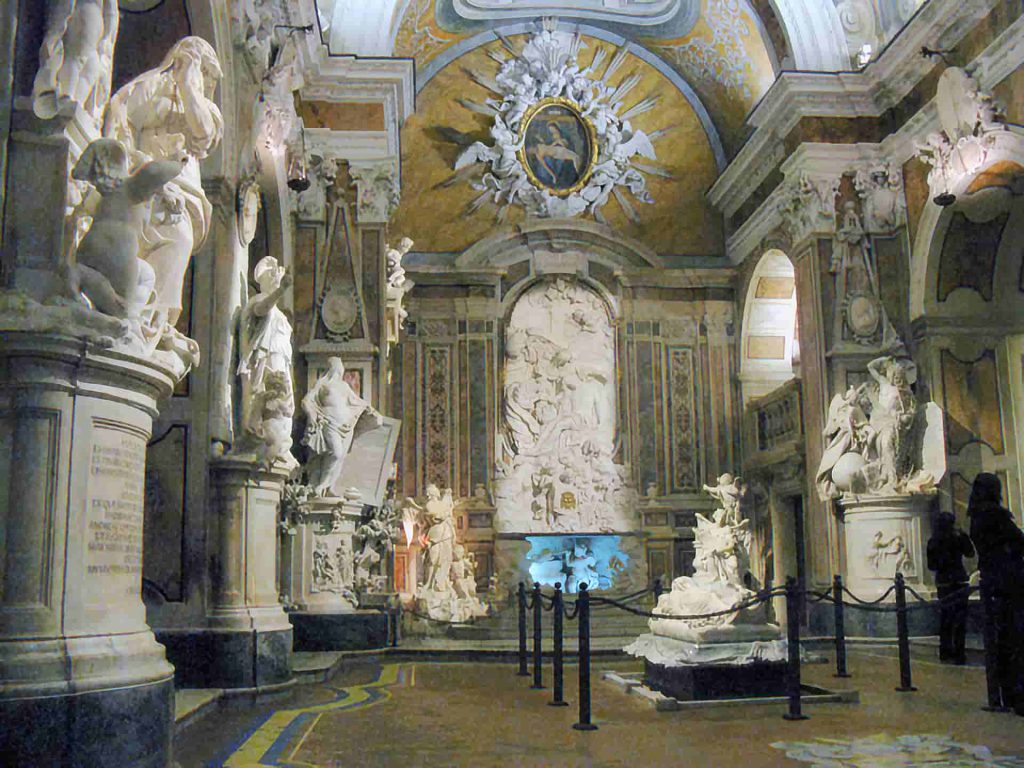
The Sansevero Chapel. Photo: David Sivyer/Flickr
He had an uncharacteristic childhood as he grew up without a parental figure: his mother had died the same year of his birth, while his father was often far from Italy.
The prince’s paternal grandfather, who lived in Naples, was his main point of reference. Raimondo, who immediately proved to have extraordinary intelligence, was sent by his grandfather to study at the Jesuit College in Rome.
Here he was able to receive an excellent education, while also having access to an array of ancient artworks that he could closely observe and admire.
At the age of sixteen, Raimondo found himself managing the title and assets he had inherited. Despite his young age, the profound knowledge he had acquired during the years of his training led him to invest a large part of his fortune in research.
He was a skilled inventor and he conceived creations of different types, some in the military field, others in the medical field by experimenting and developing drugs.
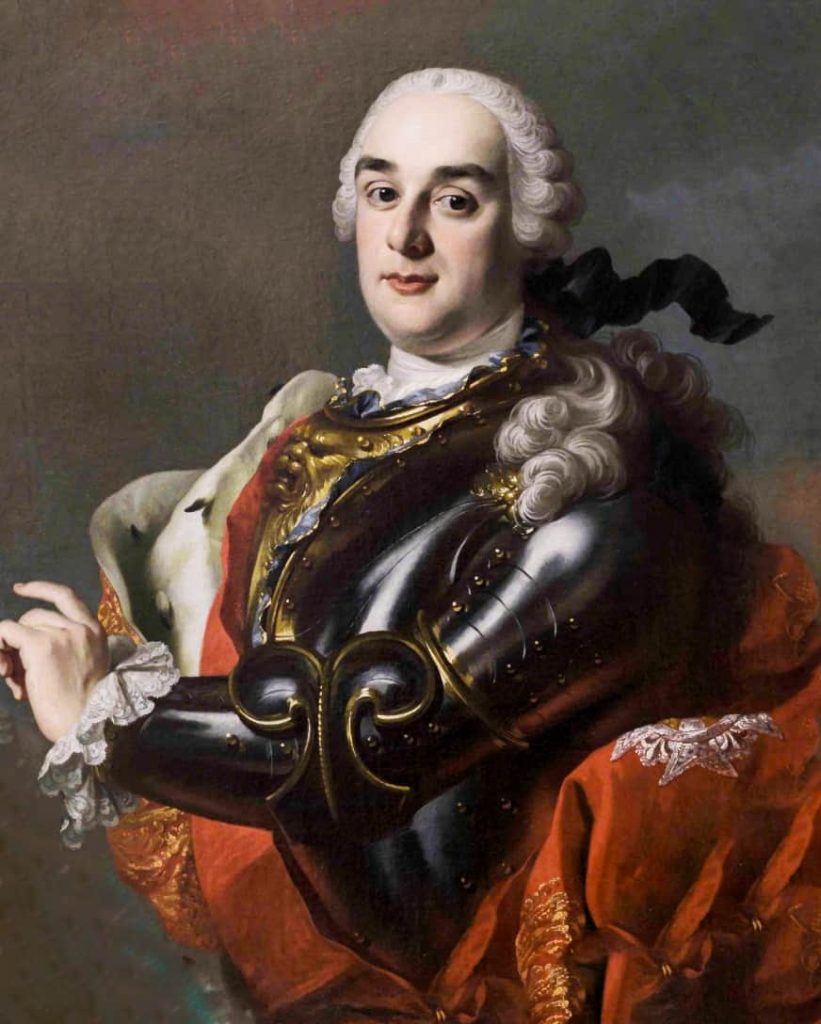
Reconstructed photo of Raimondo di Sangro, Prince of Sansevero. Photo: Francesco de Mura
He also designed and built extremely original machines, with the intention of leaving the Neapolitan public speechless, such as a marine carriage equipped with cork horses designed, and actually used, for maritime trips.
Raimondo’s wide culture and lively curiosity, combined with his great ability to express himself in multiple fields, were interpreted as excessive and suspicious by the church, which decided to put the prince’s writings on the index of banned books.
Precisely for this reason, many of Raimondo’s studies still remain enveloped today by an aura of mystery, an aura that also involves and envelops the veiled Christ, a work that allows us to know Raimondo as a patron.
The fascinating and evocative Chapel that houses the Veiled Christ was a place where extraordinary talents could flourish.
The chapel houses works created with extremely different purposes: alongside the marble sculptures of impeccable beauty, we also find the so-called anatomical machines that reproduce the anatomical structure of the body of a man and a woman complete with an arterio-venous system. The realisation of these anatomical wonders has not yet been explained by scholars who for this very reason often use, even in this case, the term mystery.
Two undisputed masterpieces: Modesty and Disinganno
Personally, I find that despite the amazement aroused by every single piece exhibited in the gallery, three elements in particular highlight the genius of its creator. In addition to the Veiled Christ, I refer to the statue called “Modesty”, created in 1572 by the Venetian sculptor Antonio Corradini (1688-1752), and the “Disinganno” created by the Genoese sculptor Francesco Queirolo (1704-1762) who was a pupil of Corradini in Rome.
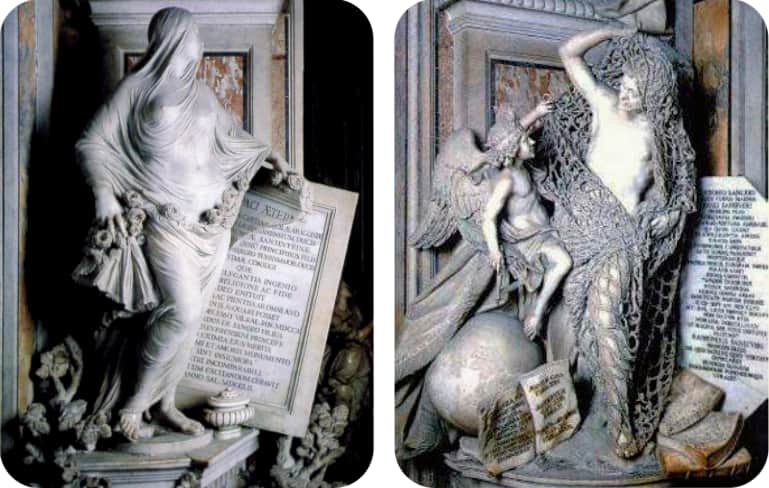
Right: Pudicizia, also called Modesty or Chastity. Left: the statue Disinganno or disillusionment. The two statues are symbols of virtue and of sin respectively, two opposing elements chosen to represent Raimondo’s parents. Photo by David Sivyer
The two statues are symbols of virtue and of sin respectively: two opposing elements chosen to represent Raimondo’s parents.
The prince’s mother is depicted in the statue of Modesty. Cecilia Gaetani of Aragon is portrayed, goddess-like, as a young and beautiful woman with her body covered by a veil.
This touch is in line with Corradini’s style and adds artistic virtuosity, but it is also an extreme attempt to protect the young woman. However, instead of concealing, the veil emphasizes the beauty of the figure wrapped in the fabric.
In addition to talking about the moral virtues of Raimondo’s mother, the work, through a subtle symbolism, also tells us about the untimely death of Cecilia. This is depicted through a very strong symbol: a broken tombstone at the top, which appears as though it had been damaged by a powerful earthquake.
On the other hand, his father Antonio, who led a life dedicated to vice, was represented in the statue of disillusionment that represents him wrapped in a net, a symbol of the vices that made him a prisoner for most of his existence.
As evidence of Anthony’s redemption, which took place in the last years of his life, we find an angel intent on freeing the man from the net, therefore from the sin that had harnessed him.
These two sculptures are undisputed masterpieces and leave me speechless for the refinement of their conception and execution.
Yet within the same environment another marvel is preserved, a symbol not only of beauty and fine artistic conception, but a testimony to how man can overcome himself to become an instrument of divine creation.
I am obviously referring to the Veiled Christ, a sculpture created by Giuseppe Sanmartino (1720-1793) an outstanding Neapolitan artist, who worked with large sculptures as well as with smaller subjects for nativity scenes or silver works.
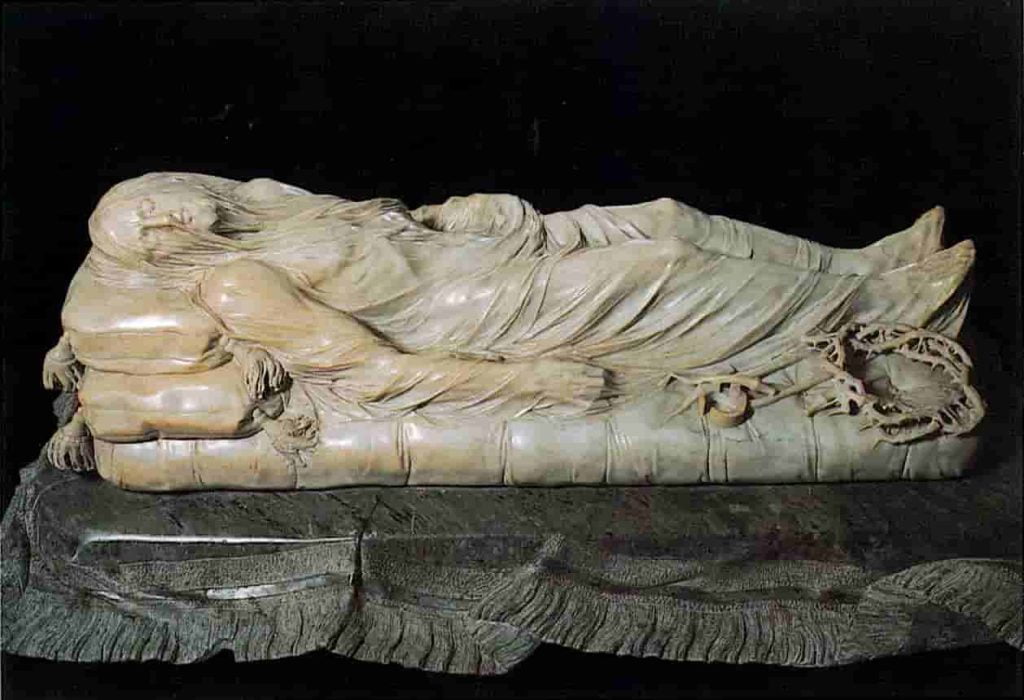
Photo: David Sivyer/Flickr
The Sculpture of the Veiled Christ
Sanmartino took over the project for the statue of the Veiled Christ from the now deceased Corradini and then went beyond it and customised it in the process. The work was carried out in 1753 with such perfection as to be able to surprise the prince himself.
Amongst the enthusiastic admirers was the sculptor Antonio Canova who, faced with the beauty of the sculpture, declared that he would give ten years of his life if it would allow him to be the author of such a work.
The mattress on which Christ rests is in coloured marble, the body which is almost fused with the veil was made of Carrara.
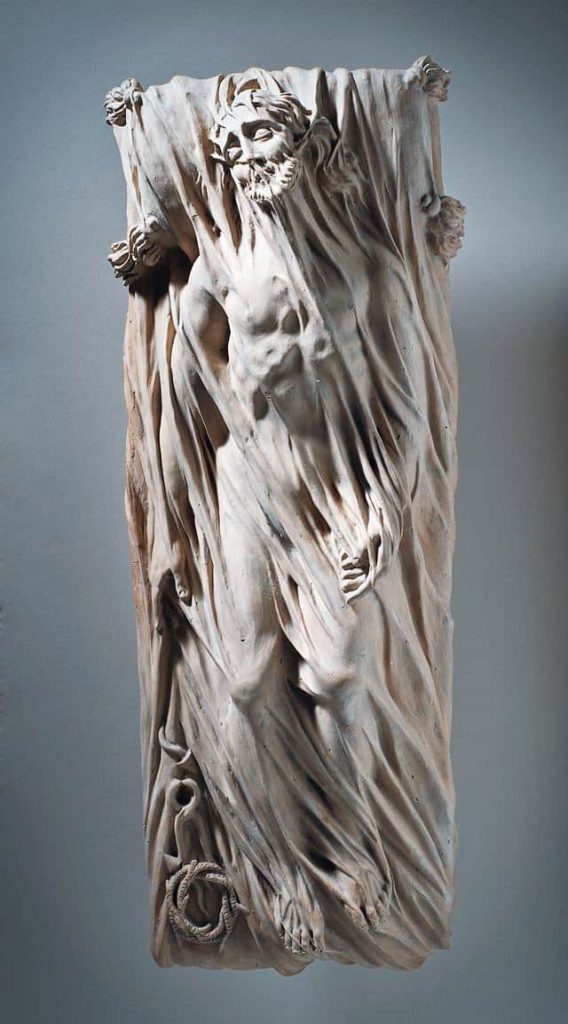
Museum Associates/LACMA
The body of Jesus visible through the veil is represented for what it is: the body of a man whose life was taken violently: the hair appears tousled, while the folds of the fabric cannot hide the nail holes that are clearly evident under the fabric, which instead of hiding the suffering from the spectators’ eyes make it even more visible and present.
At the feet of Christ, lying on the veil, are represented a pair of pincers, the crown of thorns and the nails.
The perfection reached in the single details of the crown almost certainly required from the sculptor the same diligence involved in the veil. The words perfection and mystery are the most suitable to describe this work.
Many have even hypothesised that the veil was made through an alchemical process revealed to the sculptor by Prince Raimondo.
The truth is that a man, an artist out of the ordinary, following not only simple indications, but above all following the dream of his brilliant client, has been able to carve the unimaginable out of marble, that is, lightness and intangibility.
The work is a dialogue between kindred spirits and minds: a masterpiece that evokes eternity.
Works of boundless wonder
We tend to label everything that escapes our understanding as mystery and that deepens our sense of intrigue and fascination. Despite the theorising of scholars, I have always found the creative process that precedes a work of art the most mysterious aspect of the process.
In fact, a critical examination of an artistic work can explain its context, style, dating, signature, but it cannot reveal anything about that spark born in the most intimate and profound part of the artist, who is none other than the material executor of an inspiration.
These men and women manage to transform and give tangibility to the inner creative process. There are works of art, or rather masterpieces, whose realisation cannot be explained because they are not perceived by the observer as simple objects created to celebrate and capture beauty, but as beings called to life who appear ready to wake up from a long and deep sleep.
I have my own personal list of works that in my opinion arouse a sense of boundless wonder, not as an art expert, but as one who allows emotions and sensations to be awakened by these exceptional masterpieces.
These scuptures are certainly amongst the works that I would consider to be wrapped in a mysterious perfection.


